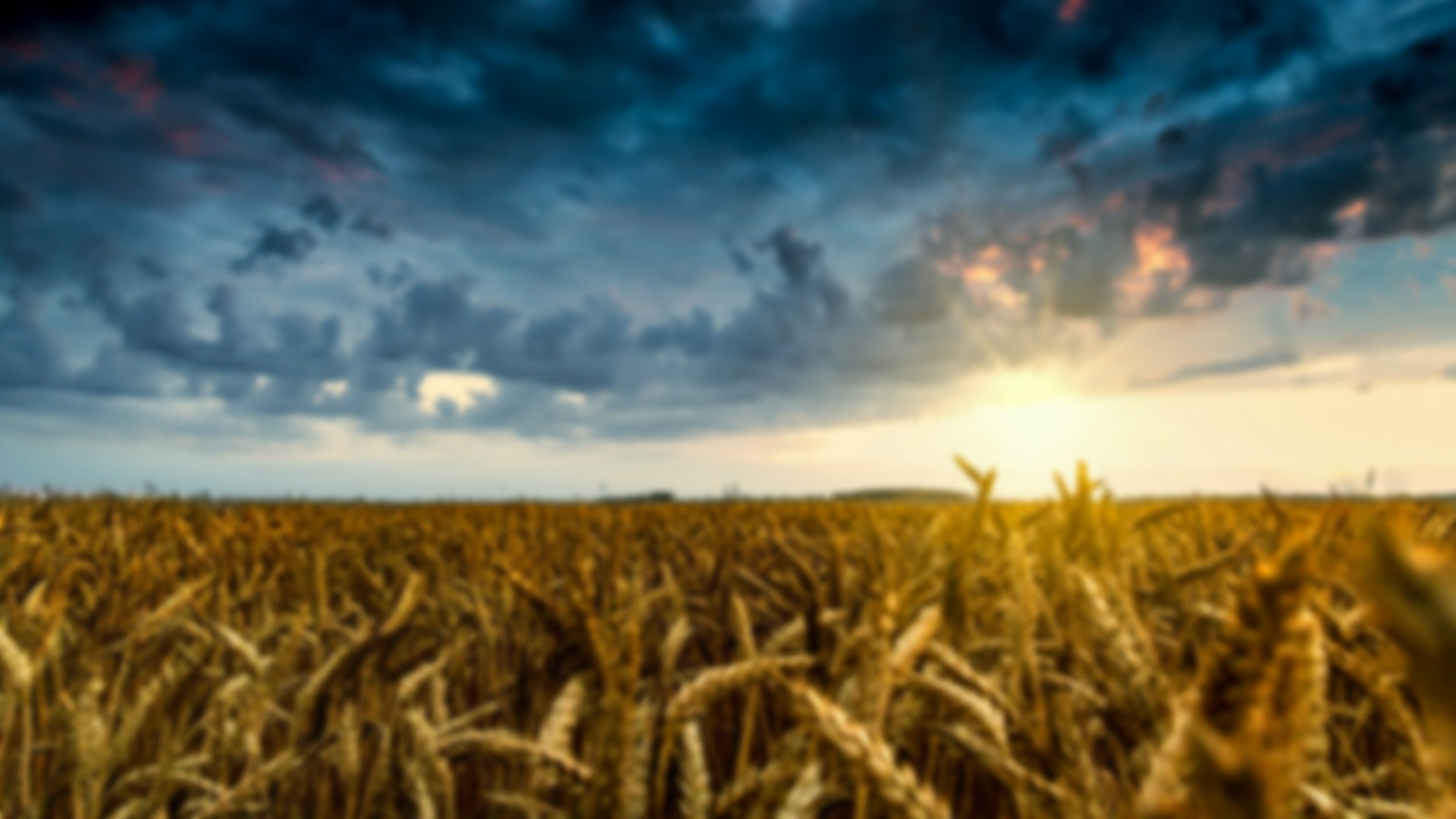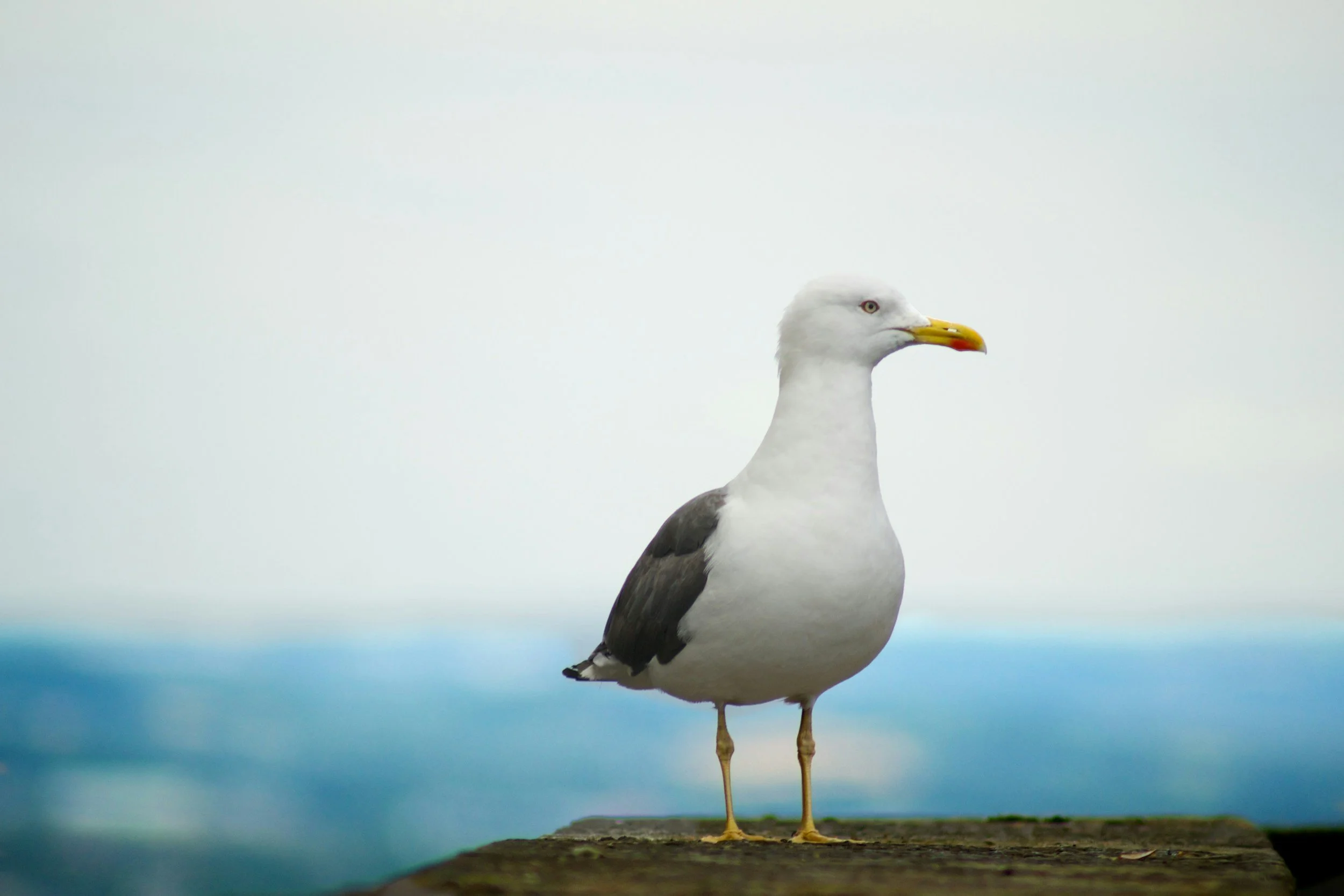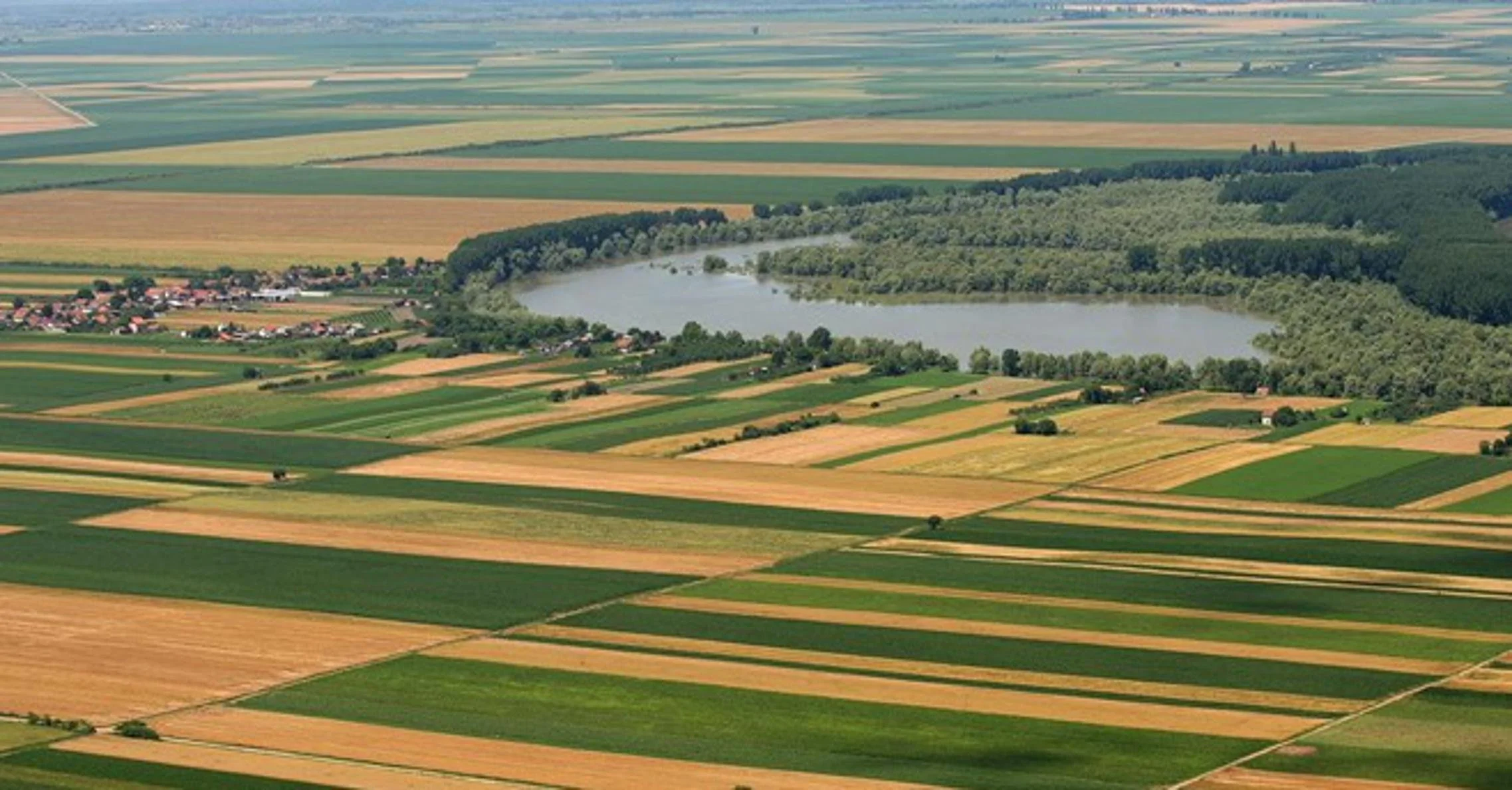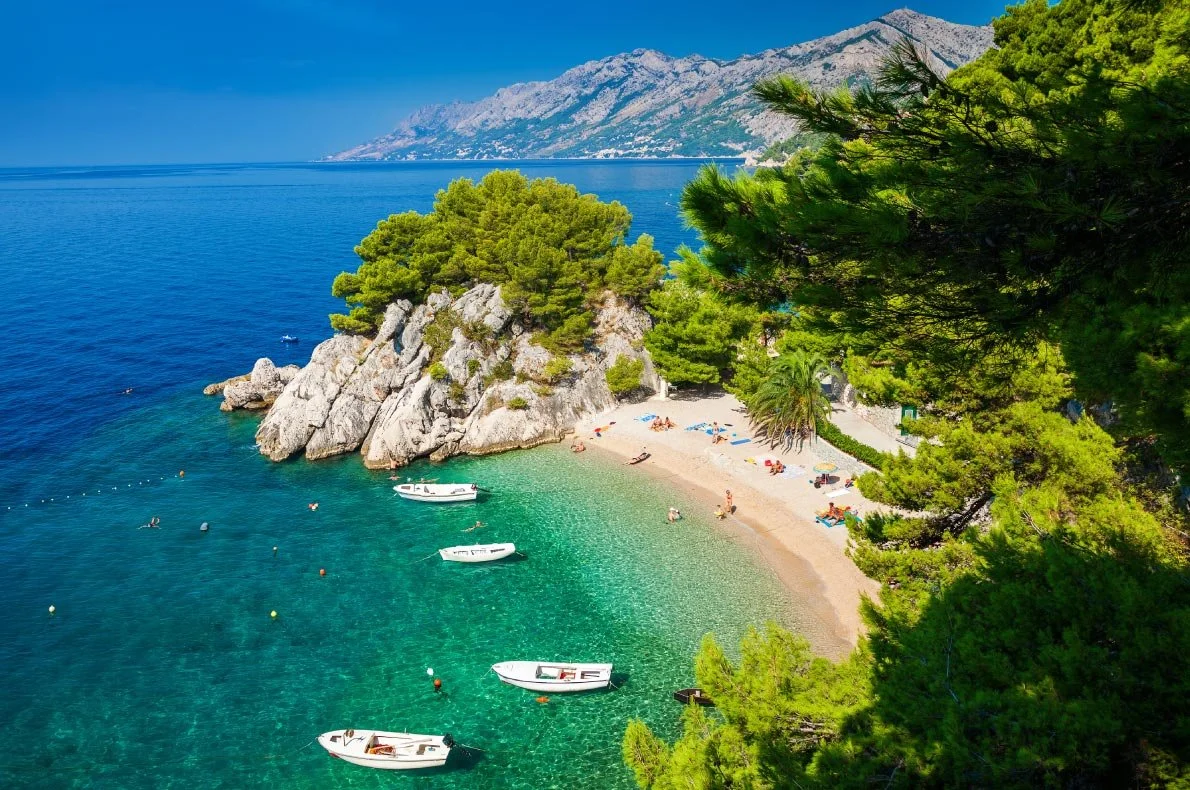
The lowland area is full of plains and small hills. It is made up of spacious lowlands with arable fields, forests, grasslands and wetland areas. It is located in the east of Croatia and is part of the Pannonian Basin. That area is generally called Slavonia. Slavonia is said to be the granary of Croatia, because large amounts of grain are grown there, such as wheat, corn and barley. Except them, there are oil seed rape, sunflower, sugar beet, soybean and pumpkin. From vegetables are grown tomatoes, peppers, lettuce, cabbage, potato and carrot, and from fruits there are apple, pear and grapes. There are animals for breeding such as cows, horses, pigs and chickens. The biggest rivers also flow there: Sava, Drava and Dunav, and the most famous natural wetlands are: Kopački rit and Lonjsko polje. Due to the fertile soil, moderately warm climate and frequent rainfall throughout the year, agriculture is highly developed and the most represented economic activity in lowland Croatia. This region is also full of forests, so forestry is also well developed.
The most important woody species of lowland Croatia are: common oak (Quercus robur), sessile oak (Quercus petraea), narrow leaved ash (Fraxinus angustifolia), common hornbeam (Carpinus betulus), black alder (Alnus glutinosa), white poplar (Pulpus alba) and black poplar (Populus nigra). There is a various layer of bushes: dyer’s greenweed (Genista tinctoria), hawthorn (Crataegus oxyacantha and monogyna), blackthorn (Prunus spinosa), alder buckthorn (Frangula alnus), and blackberry (Rubus spp).
As regards flower species, in the ground layer appears snowdrop (Gelanthus nivalis), spring crocus (Crocus vernus), wood anemone (Anemone nemorosa), tuberous comfrey (Symphytum tuberosum), greater stitchwort (Stellaria holostea), common lungwort (Pulmonaria officinalis), giant fescue (Festuca gigantea) and wood sanicle (Sanicula europaea). Also, the ecological cultivation of medicinal plants is increasingly developing in Slavonia, and the most common are: chamomile (Matricaria chamomilla), fennel (Foeniculum vulgare), mint (Mentha), lemon balm (Melissa officinalis), ribwort plantain (Plantago lanceolata) and breckland thyme (Thymus serpyllum).
VELEBIT DEGENIA
SEAGULL
LOWLAND CROATIA (SLAVONIA)
Mountainous Croatia consists of two areas: Gorski kotar and Lika. Gorski kotar is located in the western part of Croatia, and Lika is located further south, bordered by mountains. The karst relief mostly prevails there, and numerous caves and pits are common. The deepest pit is Lukina jama cave on Velebit, which is 1.431m deep. It is also among the ten deepest pits in the world. There are also Cerovac caves, which is the largest cave complex in Croatia. Rivers that stretch here are: Lika, Gacka, Dobra, Krbava and Ričica.
This area has the coldest climate in the Republic of Croatia. Winters are very cold with a lot of snow, although it is less and less every year beacause the climate changes a lot. Summers are short and mild, with very chilly nights. It rains often throughout the year. The highest peaks of the mountains are often covered with snow, that’s why we talk about the mountain climate for this territory.
Mountainous Croatia is territory that is mostly covered by forests and has the nature that is amazing. There are beech, fir and spruce forests. Among the common wild plants there are wood anemone (Anemone nemorosa), red lily (Lilium), blueberry (Vaccinium myrtillus) and moss (Bryophyta). The forests are home to many animals, including the brown bear (Ursus arctos) and the wolf (Canis lupus). Besides them, there are martens (Martes martes), roe deer (Capreolus capreolus), wild boar (Sus scrofa), bobcat (Lynx lynx) whose number is very low, salamander (Salamandra salamandra), slowworm (Anguis fragilis), common European adder (Vipera berus), fox (Vulpes vulpes), red deer (Cervus elaphus), dermouse (Glis glis) and squirrel (Sciurus vulgaris). Fir forests are a habitat for many species of birds, such as hawk (Accipiter gentilis), common chaffinch (Fringilla coelebs), eurasian jay (Garrulus glandarius), great spotted woodpecker (Dendrocopos major) and tawny owl (Strix aluco).
Of protected plant species are included velebit degenia (Degenia velebitica), iris (Iris) and peony (Paeonia). Velebit degenia is a strictly protected species and is a symbol of Velebit and Croatia.
Also, in this area are national parks that amaze with their beauty and diversity of its flora and fauna. There are: Plitvice lakes National park, National park Risnjak and Northern Velebit National park. Paklenica is a national park with extremely diverse flora and fauna. The largest part of it is occupied by black pine forests (Pinus nigra) and common beech forests (Fagus sylvatica). There are trees such as downy oak (Quercus pubescens), oriental hornbeam (Carpinus orientalis) and european hop hornbeam (Ostrya carpinifolia).
VELEBIT MOUNTAIN
Coastal Croatia is located along the Adriatic Sea and consist of three areas: Istria, Kvarner and Dalmatia. Rocky relief known as karst prevails there. Such relief full of rocks has very little arable land. Except the karst relief, there are alternating mountains, hills and lowlands. A large part of northern Dalmatia is covered by Ravni Kotari, which is the most fertile part of the coast. The climate and soil there are very suitable for growing a large number of fruits and vegetables, such as cherries, almonds, figs, grapes, olives, watermelons, melons, potatoes, tomatoes, peppers, cucumbers, zucchini, broccoli and many others. Mountains in the coastal area are Velebit, Učka, Dinara, Ćićarija, Biokova, Mosor, Kozjak and Sniježnica, and the most famous rivers in Dalmatia are Neretva, Zrmanja, Cetina and Krka (where the Krka National park is located). In that part the largest Croatian lake is located, Vrana lake. Here, summers are dry and hot and winters are mild and very rainy. Beacuse of that, plants that are grown here are resistant to drought, such as holly oak (Quercus ilex) and black pine (Pinus nigra).
From animals, various types of fish live in the Adriatic sea, such as sardines, tuna, hake, herring, monkfish, mackerel, sea bream, eel, grouper and so on. Of crabs, the most common are lobster and hermit crab, and of shells are mussels, oysters and scallop. Of other sea animals there are octopus, cuttlefish, squid, sea urchin and starfish. The Adriatic sea is very rich of marine animals and plants. Among the birds in those regions, the seagull is the most abundant, but there are also other types of birds, such as sparrow, crow, pigeons, tit, blackbirds and many others. From other animals that are live here in the coastal forests, are rabbit, hedgehog, fox, wolf, lynx and bear. There are also lizard, viper, cricket and jackdaw.
The most common plants in these regions are spanish broom (Spartium junceum), maritime pine (Pinus pinaster), aleppo pine (Pinus halepensis), dandelion (Taraxacum officinale), the carob tree (Ceratonia siliqua).
Of medicinal plants there are lavender (Lavandula angustifolia), sage (Salvia officinalis), wild thyme (Thymus serpyllum), rosemary (Rosmarinus officinalis), bay laurel (Laurus nobilis), common myrtle (Myrthus communis), fennel (Foeniculum vulgare).






